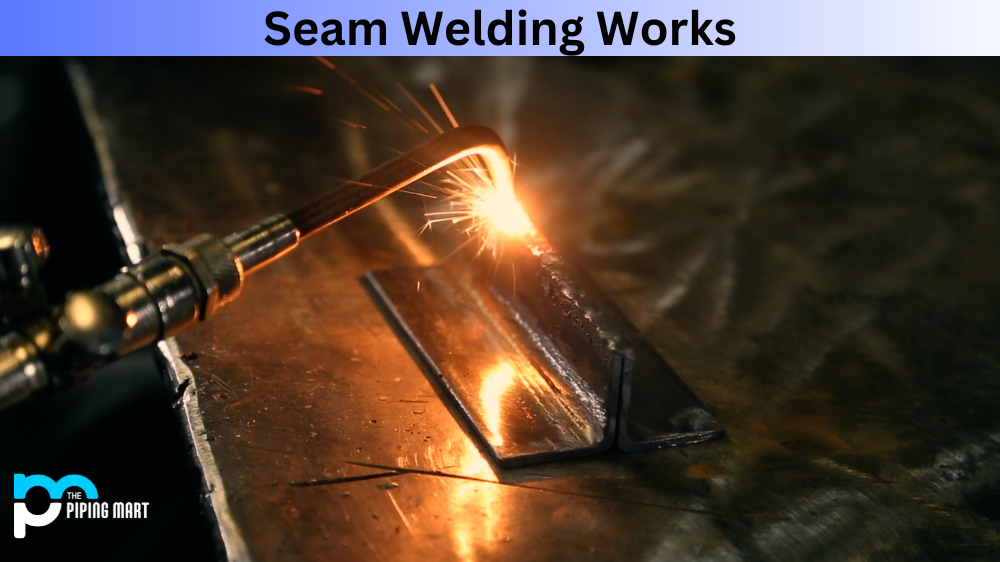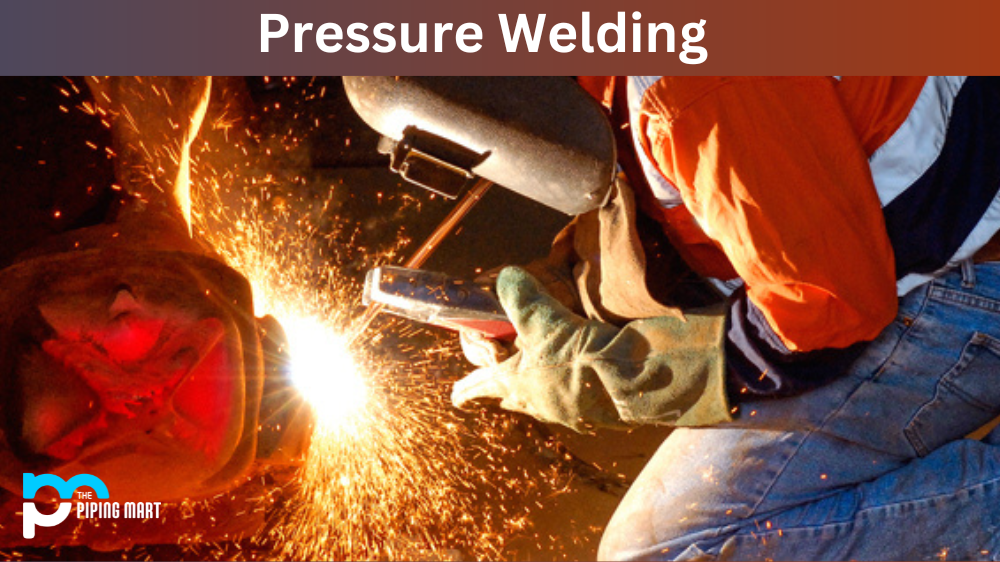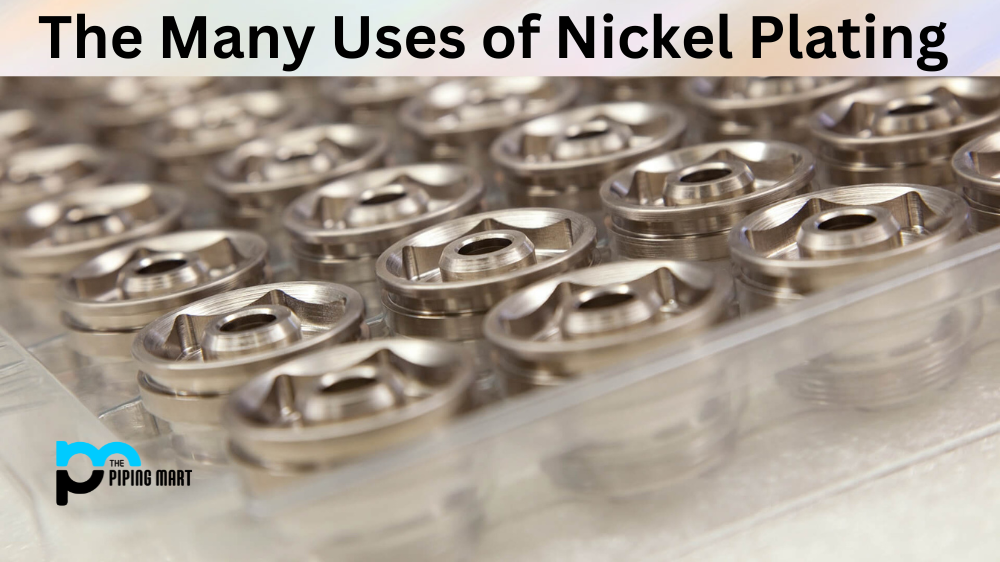Seam welding is crucial in many automotive, aerospace, and manufacturing industries. It involves joining two metal sheets or plates by creating a continuous weld along the edges of the two materials. The process differs from conventional welding in that it produces a leak-tight, pressure-resistant joint by heating the metal to a specific temperature without melting it. Seam welding is an efficient and reliable method with numerous benefits, including a high-quality finish, high production rates, and lower costs. In this blog post, we’ll examine how seam welding works and explore some of its advantages.
The seam welding process involves applying pressure and electrical energy to the edges of two metal plates to heat and deform them, creating a weld pool that fuses the two materials. There are three types of seam welding: resistance seam welding, gas-tungsten arc welding, and laser seam welding.
Resistance seam welding
Resistance seam welding is the most common method used in manufacturing applications. It uses rotating wheels to pressure the metal plates while passing an electric current through them. The current heats the metal to a high temperature, causing it to melt and fuse. The wheels rotate, providing continuous pressure and creating a watertight, high-quality seam.
Gas-tungsten arc welding
Gas-tungsten arc welding involves using a tungsten electrode to generate an electric arc between the metal plates, heating them to the point where they become malleable and join together. This method is commonly used in aerospace applications and requires precise control of the welding parameters to ensure a stable arc and a consistent seam.
Laser seam welding
Laser seam welding is a newer method that uses a laser beam to heat and melts the metal plates, creating a strong, high-quality seam. Because it uses a focused beam of light, this method offers superior control and accuracy, allowing for intricate and complex welds.
Seam welding
Seam welding offers numerous benefits over other methods, including a high-quality finish, reduced distortion, and higher production rates. Since the process creates a watertight, pressure-resistant seam, it’s ideal for fuel tanks, pressure vessels, and pipelines. It’s also a cost-effective technique, allowing faster production times and reducing material waste.
Conclusion:
Seam welding is a versatile, efficient, and reliable technique that offers numerous benefits over other methods. From its ability to produce a high-quality finish to its suitability for high-pressure applications, it’s clear why seam welding is so widely used in various industries. Seam welding is the way to go if you require a leak-tight, pressure-resistant joint. You can rely on this method to deliver consistent, high-quality results with the right equipment and a skilled operator.

A passionate metal industry expert and blogger. With over 5 years of experience in the field, Palak brings a wealth of knowledge and insight to her writing. Whether discussing the latest trends in the metal industry or sharing tips, she is dedicated to helping others succeed in the metal industry.




